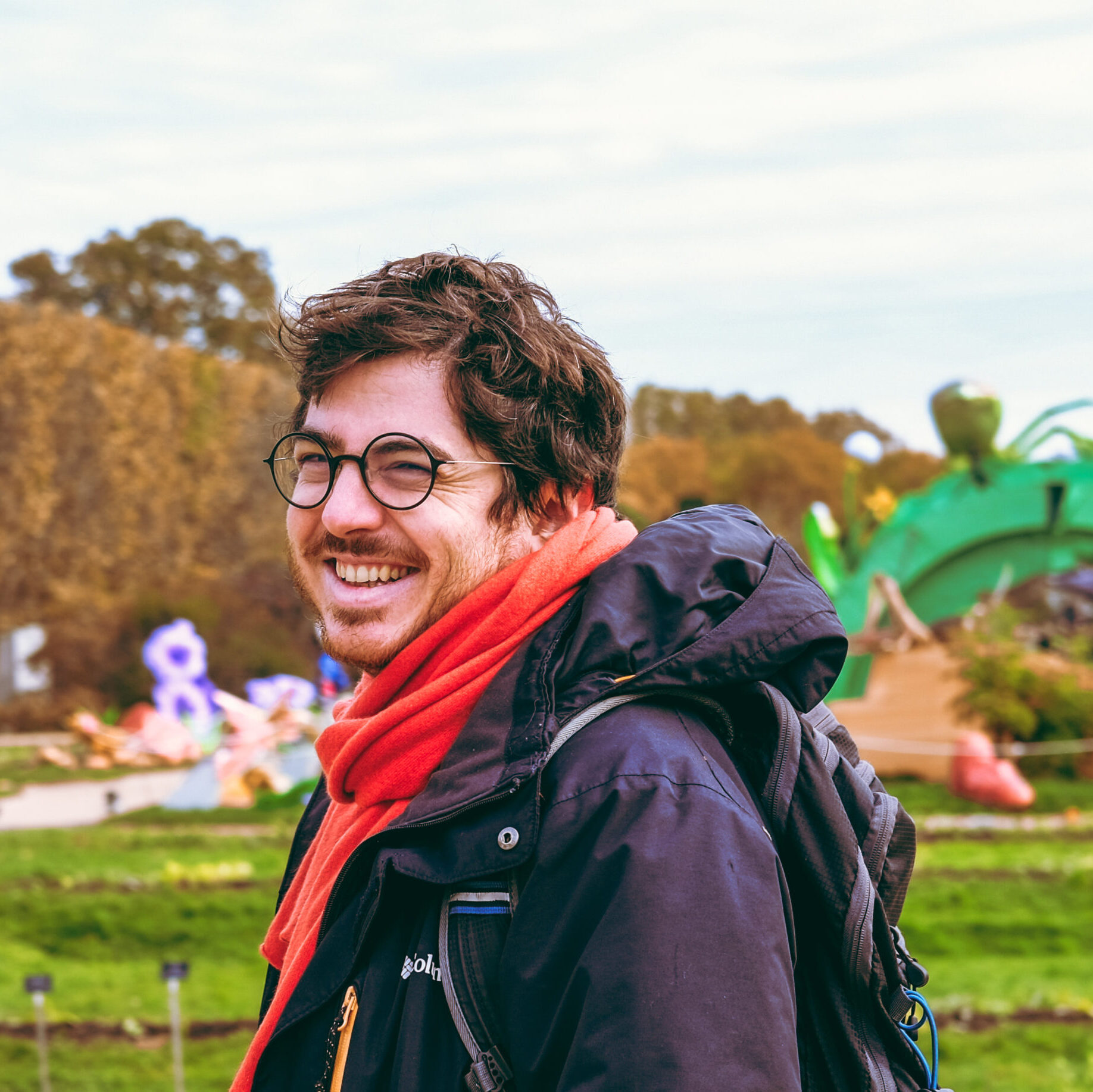
Giacomo Frangipane
Friday April 21st
Photokinesis and phototaxis in light-driven E. coli
From theory we know that if the speed of non-interacting swimmers varies spatially, v(r), then their density ρ(r) satisfies ρ(r) µ1/v(r). I will show that this relation can be exploited to obtain a suspension of bacteria whose density can be arbitrary shaped with light. These bacteria express the protein proteorhodopsin that allows through light stimuli to control the energy that drives the flagellar motor. Furthermore, it was also observed that if proteorhodopsin is expressed in a strain with an intact chemotaxis pathway the density modulation was completely different from the theory. We studied the origin of this deviation, and we observed that these bacteria are phototactic and they tend to reduce their tumbling rate when they experience an increasing light intensity. In the same strain we observe that the swimming speed is higher at higher light intensity (photokinesis). The combination of these effects results in an interplay between a photophilic and photophobic behavior. Investigating this phenomenology in sinusoidal light intensity landscapes we observed that the spatial frequency of the pattern affects the fate of the cell’s density profile. For “slowly” changing patterns bacteria tend to behave as if photophilic, while for high spatial frequency modulation is the photokinetic mechanism to dominate resulting higher concentration in the dark. We developed a 1D run-and-tumble model including phototaxis and photokinesis that describe experimental data. Moreover, by also deleting the chemotaxis receptor Aer we obtained a purely photokinetic run-and-tumble strain without any phototaxis.